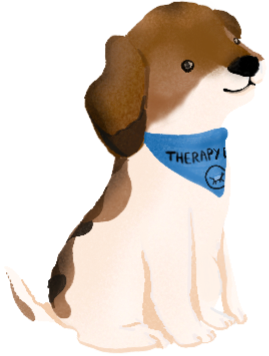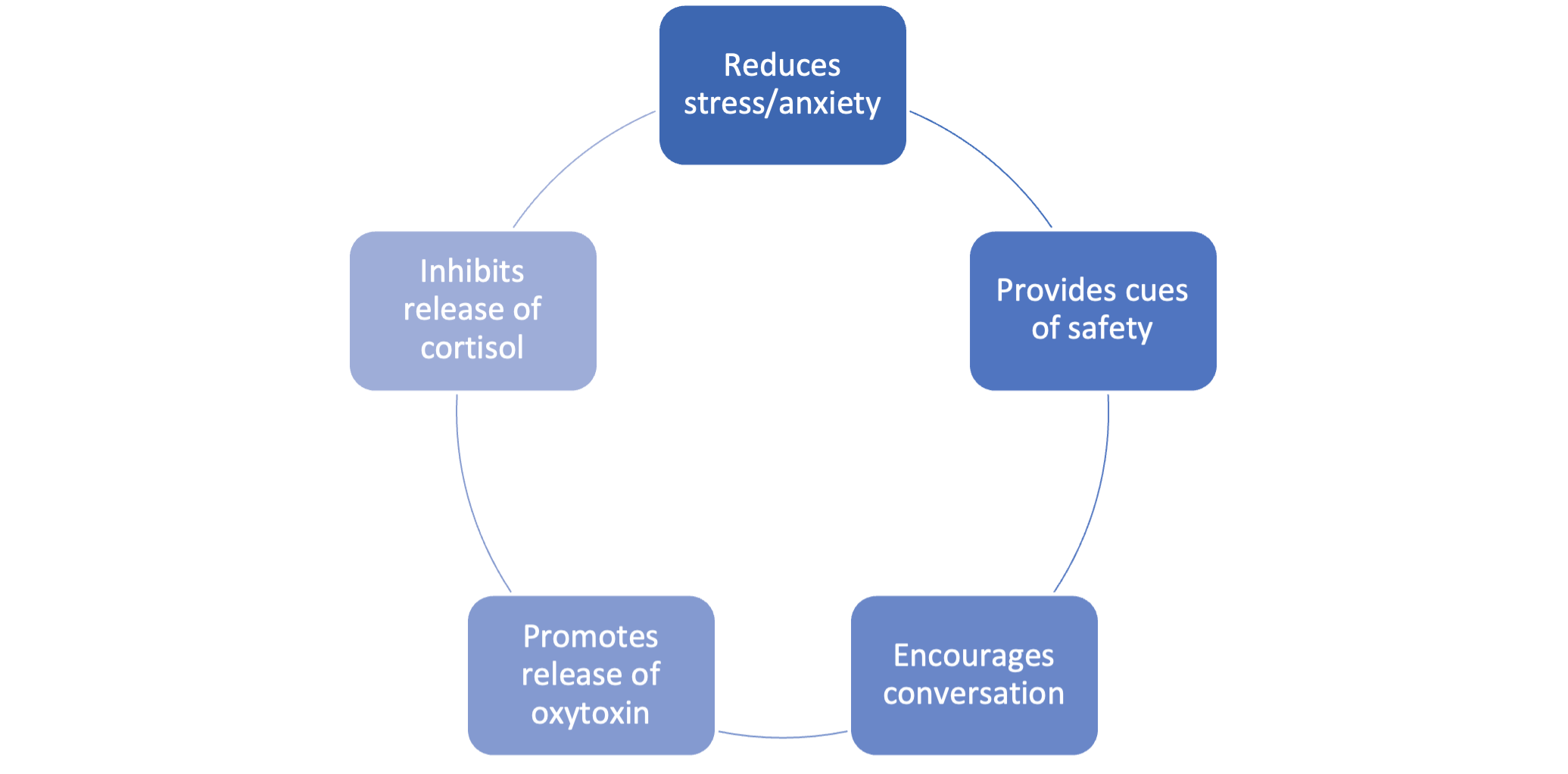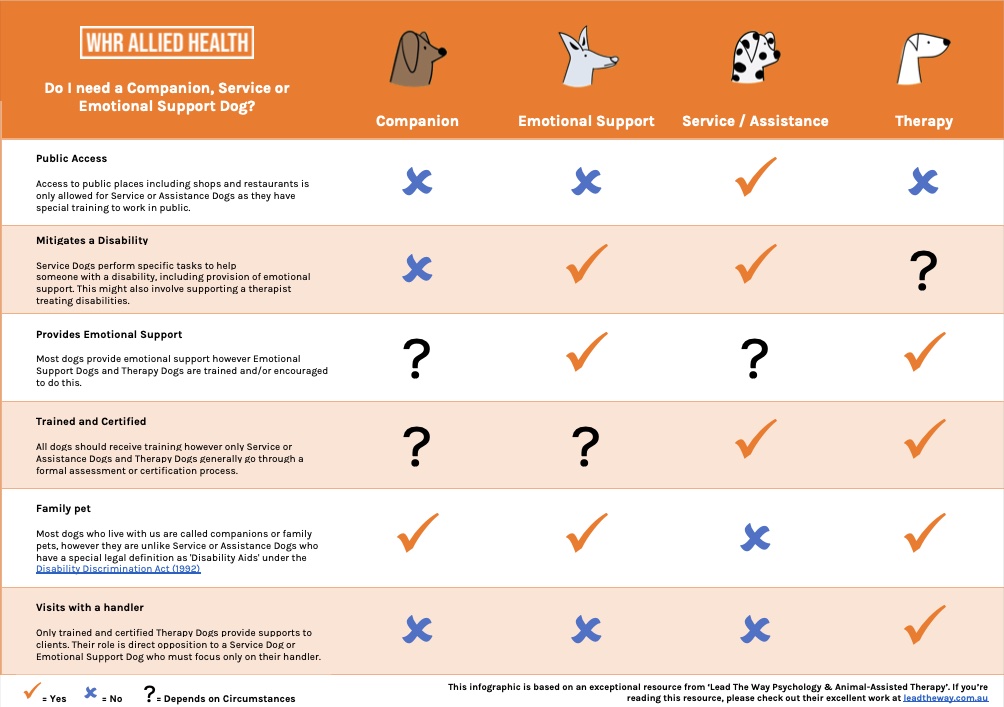Animal Assisted Therapy
What is Animal Assisted Therapy?
Animal assisted therapy (AAT) is a structured and goal orientated intervention that involves the deliberate incorporation of a trained and assessed therapy animal into pre-existing, evidence-based therapy modalities such as occupational therapy (International Association of Human Animal Interaction Organisations, 2015).
AAT utilises the amazing human-animal bond which is the mutually beneficial and positive relationship between people and animals. This helps to enhance an individual’s engagement and experience of therapy sessions to increase skill development and therapeutic outcomes including:
- Social skills and body language
- Healthy relationships/friendships and consent
- Sensory and emotional regulation
- Interoception and neuroception
- Fine and gross motor skills
- Anxiety/trauma related difficulties
- Empathy and self-confidence/self esteem
Animal Assisted Therapy at WHR Allied Health
Animal assisted therapy is incorporated into the occupational therapy supports we provide at WHR Allied Health.
Melissa (Mel) is one of our Occupational Therapist in the Albury team. Mel’s occupational therapy approach is grounded in the principles of trauma-informed care and the innovative concepts of polyvagal theory, with a focus on feeling safe and comfortable within therapy sessions, which perfectly aligns with the principles of AAT.
Mel has been providing animal assisted therapy alongside Therapy Dog – Barkley since 2021. Mel and Barkley complete their training, education and certifications through Lead the Way Institute.

Barkley is a Papillion x Cocker Spaniel who is 7 years old (although he still looks like a puppy!). Barkley is a very affectionate dog who loves interacting with people and soaks up all the attention he can possibly get. Barkley can be full of energy, although he really enjoys ‘chill vibes’ and snuggling on the couch/bean bags in our office. Barkley has specific strengths in supporting individuals with anxiety management and emotional regulation through providing co-regulation and cues of safety.
Melissa is passionate about advocating for the animal assisted therapy sector and is involved in a variety of different organisations/groups, including Animal Therapies Limited and the Occupational Therapy Australia Animal Assisted Services Special Interest Group.
Melissa and Barkley are registered and listed on the Animal Therapies Limited Service Directory. You can use their Service Directory to find providers of Animal Assisted Therapy within your local area: https://animaltherapies.org.au/
Animal assisted therapy at WHR Allied Health is provided in accordance with the Animal Assisted Intervention International Standards of Practice, Animal Therapies Ltd Code of Conduct and Code of Ethics.
Benefits of Animal Assisted Therapy
Feeling safe is essential for effective therapy, and animal assisted therapy can help individuals feel safe and calm during therapy sessions, by providing a calming presence and creating a sense of connection. This is based on an understanding of polyvagal theory, which suggests that feeling safe and connected is essential for regulating our nervous system and reducing anxiety.
When individuals are feeling anxious or stressed, their nervous system may be in a state of high arousal, which can make it difficult to engage in therapy effectively. Positively interacting with an animal can lead to a release of oxytocin, a hormone that promotes feelings of trust, bonding, and social connection. This release of oxytocin can help regulate the nervous system, promoting a sense of safety and relaxation. This can create a sense of safety and connection and help accelerate the development of rapport during occupational therapy sessions.

Differences between a Therapy Dog and Assistance Dogs:
The following infographic has been put together by WHR Allied Health to help you identify the different roles of Companion, Therapy and Assistant Dogs.
This infographic is based on an exceptional resource from ‘Lead The Way Psychology & Animal-Assisted Therapy’. If you’re reading this resource, please check out their excellent work at leadtheway.com.au
Click the image below to see the infographic at full size:
